Impetigo
Risk factors include attending day care crowding poor nutrition diabetes mellitus contact sports and breaks in the skin. Impetigo can also affect deeper parts of the skin.
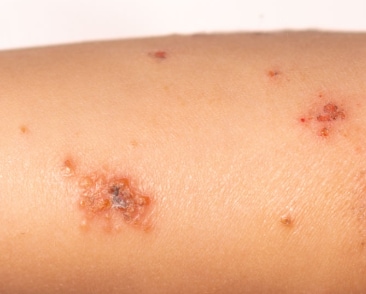
Impetigo All You Need To Know Cdc
Some types of the bacteria that cause impetigo have become resistant to certain antibiotics.

. The face arms and legs. Or it may occur where the skin was injured by a cut scrape or insect bite. Older children and adults can also get it.
Live in a tropical climate with hot humid summers and mild winters. The lesions may be painful or itchy. To diagnose impetigo your doctor might look for sores on your face or body.
It most commonly presents as erythematous plaques with a yellow crust and may be itchy or painful. Doctors use antibiotics to treat impetigo. Impetigo is most common in children from ages 2 to 5.
Pyogenes which are also called group A Streptococcus group A strep. Lab tests generally arent needed. When it affects just the surface its called superficial impetigo.
The lesions are highly contagious and spread easily. Impetigo is a common infection of the superficial layers of the epidermis that is highly contagious and most commonly caused by gram-positive bacteria. Impetigo is a bacterial infection that involves the superficial skin.
Impetigo usually happens to children between ages 2 and 6. Bacteria like Staphylococcus aureus or Streptococcus pyogenes infect the outer layers of the skin called the epidermis. You may also be at higher risk if you.
Have a scabies infection. This page focuses on infections caused by S. It usually appears as reddish sores on the face especially around the nose and mouth and on the hands and feet.
Impetigo is a common contagious skin infection. Impetigo also called pyoderma is a superficial bacterial skin infection that is highly contagious. Impetigo is an infection of the skin.
Over about a week the sores burst and develop honey-colored crusts. It may occur on healthy skin. Impetigo im-peh-TIE-go is a bacterial infection of the skin that is most common in young children.
The most common presentation is yellowish crusts on the face arms or legs. If the sores dont clear even with antibiotic treatment your doctor might take a sample of the liquid produced by a sore and test it to see what types of antibiotics would work best on it. Impetigo can be caused by Streptococcus pyogenes and Staphylococcus aureus.
Impetigo im-pa-TIE-go is an itchy sometimes painful skin infection. Antibiotics can also help protect others from getting sick. It generally occurs in children and while sores can appear anywhere on the body children tend to get them on their face.
On This Page Two bacteria can cause impetigo How you get impetigo Symptoms include red itchy sores with yellow scabs. Impetigo is a skin infection caused by staphylococcus aureus bacteria. Impetigo can be bullous or non-bullous.
Impetigo im-puh-TIE-go is a common and highly contagious skin infection that mainly affects infants and young children. It is typically due to either Staphylococcus aureus or Streptococcus pyogenes. Less commonly there may be large blisters which affect the groin or armpits.
This is called ecthyma.

10 Common Questions About Impetigo Everyday Health
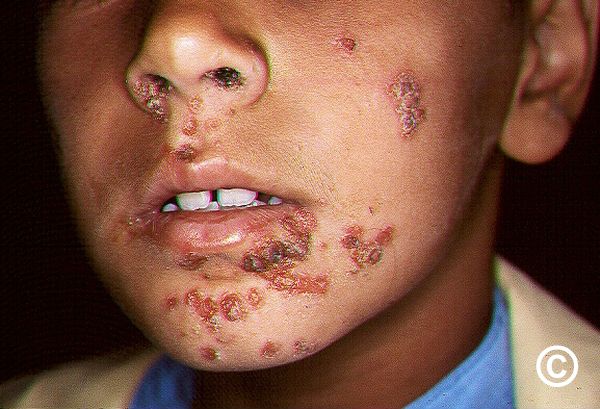
Impetigo

How To Get Rid Of Impetigo Treatment Options Everyday Health
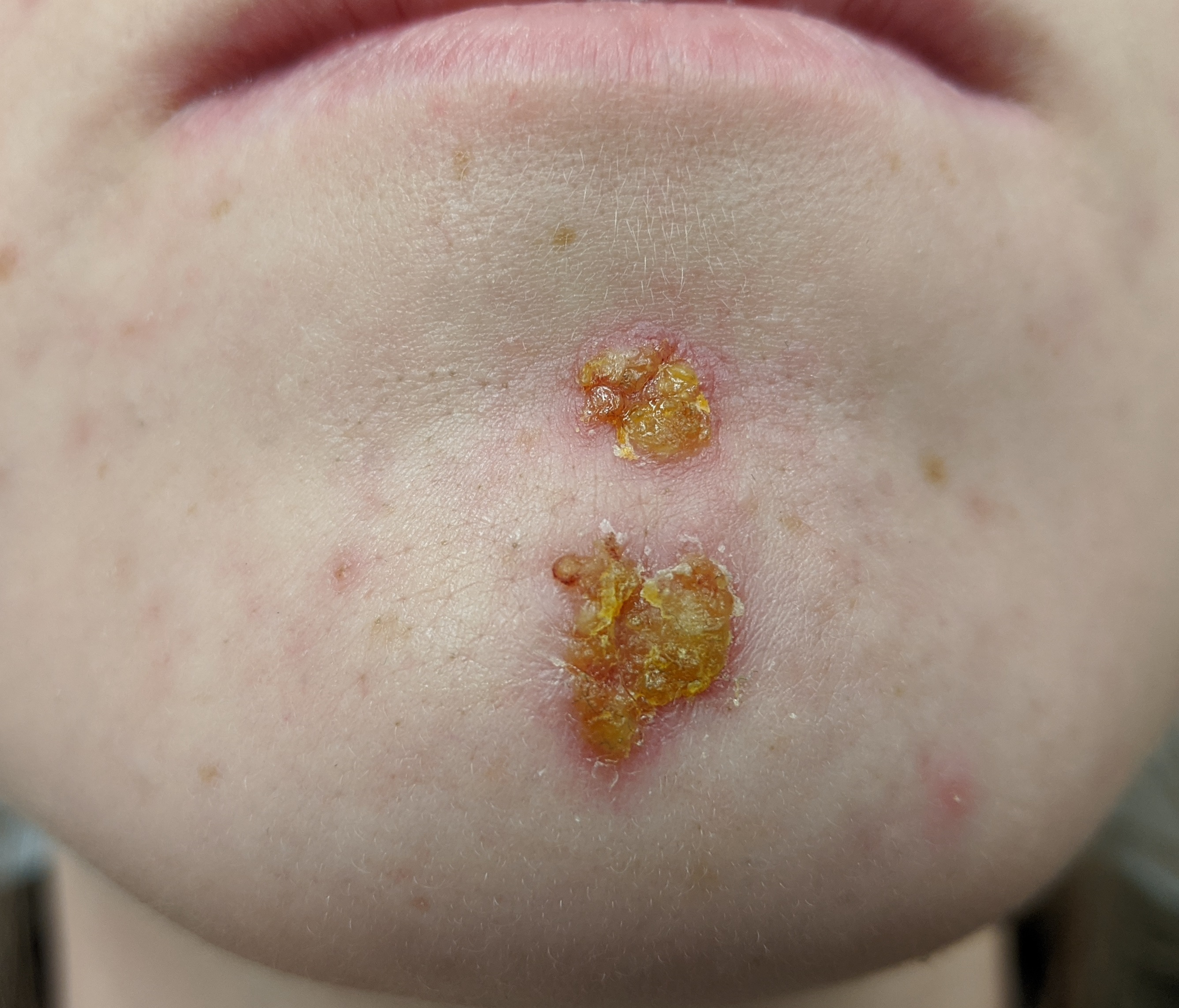
Impetigo Wikipedia
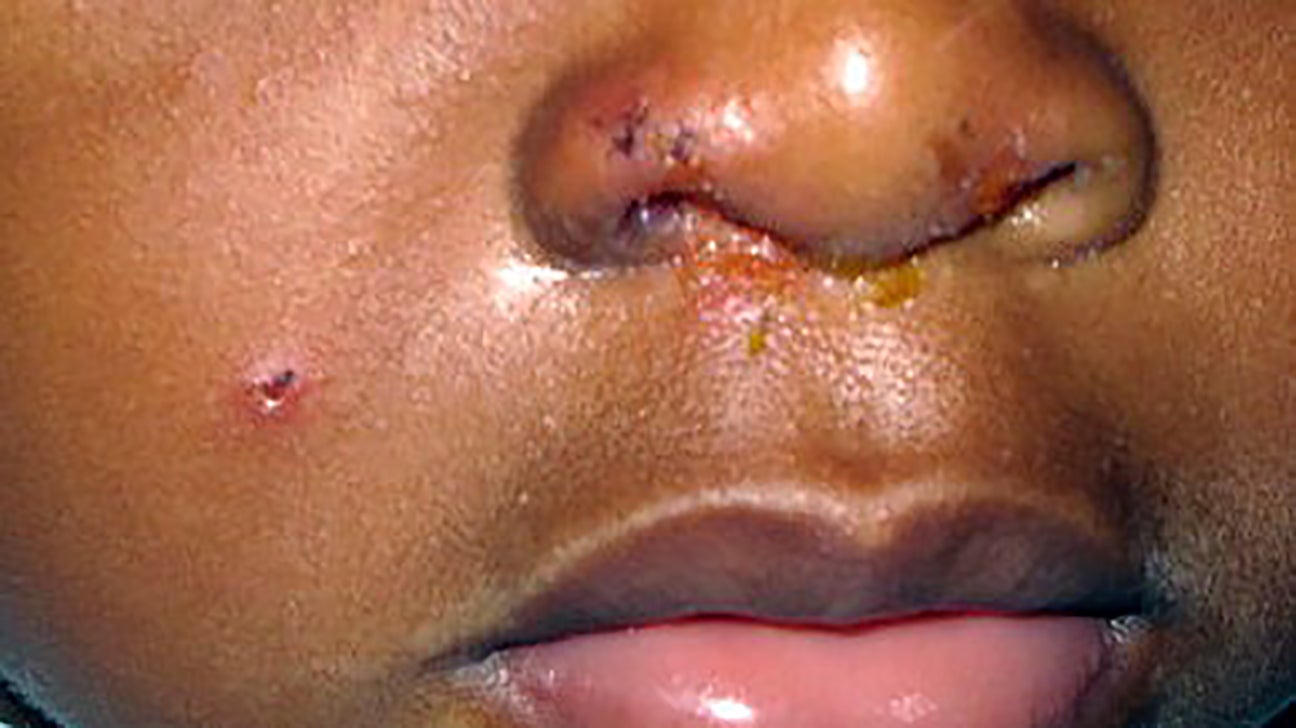
Impetigo Symptoms Causes Pictures And Treatment
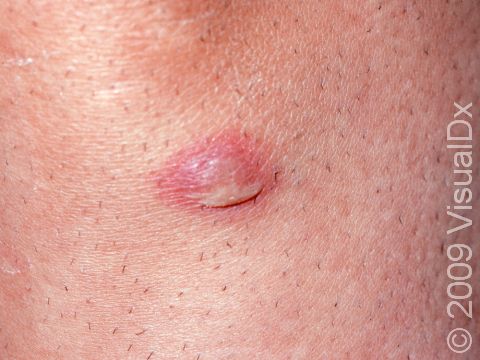
Impetigo Condition Treatments And Pictures For Adults Skinsight
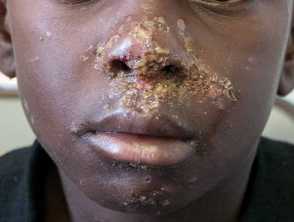
Impetigo School Sores Skin Infections Images Causes And Symptoms Dermnet
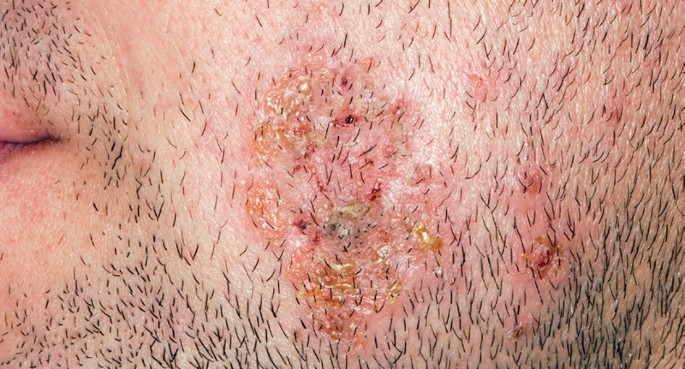
Was Tun Bei Antibiotikaresistenter Impetigo Contagiosa Springerlink
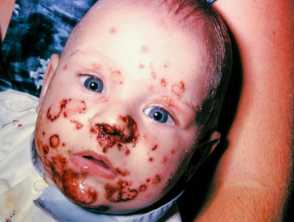
Impetigo School Sores Skin Infections Images Causes And Symptoms Dermnet
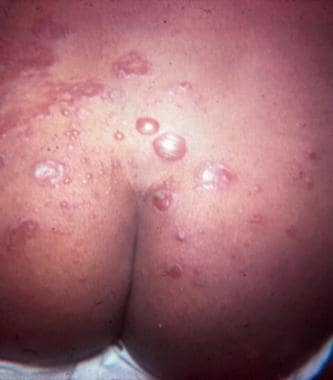
Impetigo Practice Essentials Background Pathophysiology
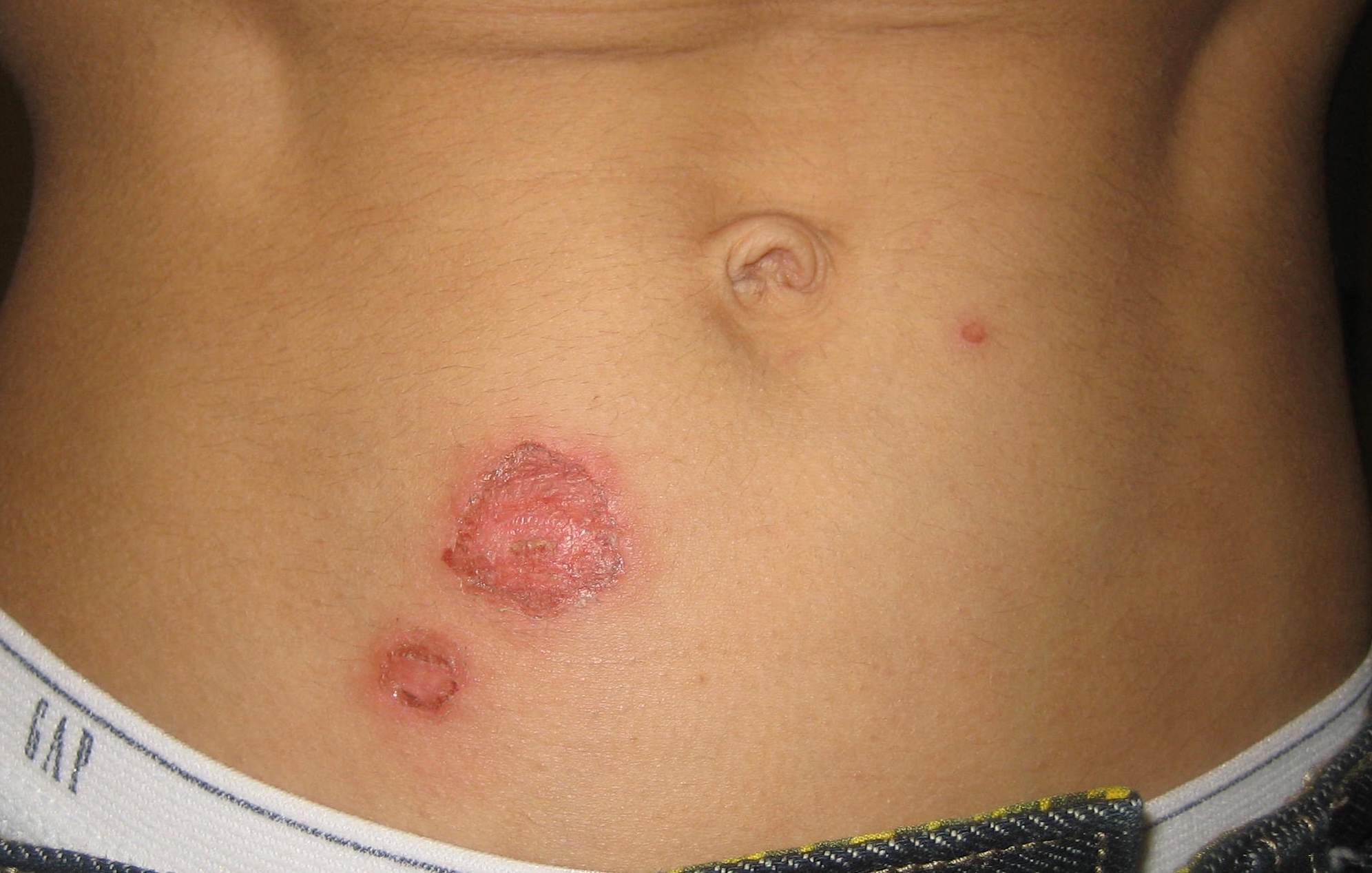
Bullous Impetigo Wikipedia
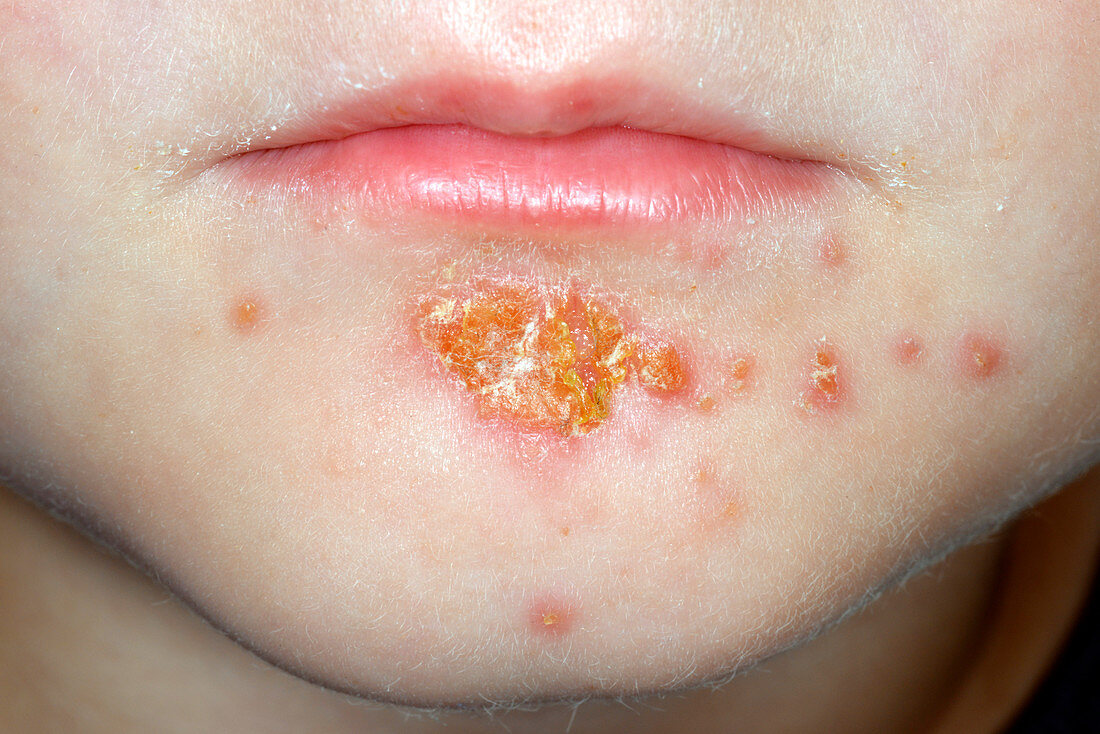
Impetigo Bild Kaufen 11722585 Science Photo Library
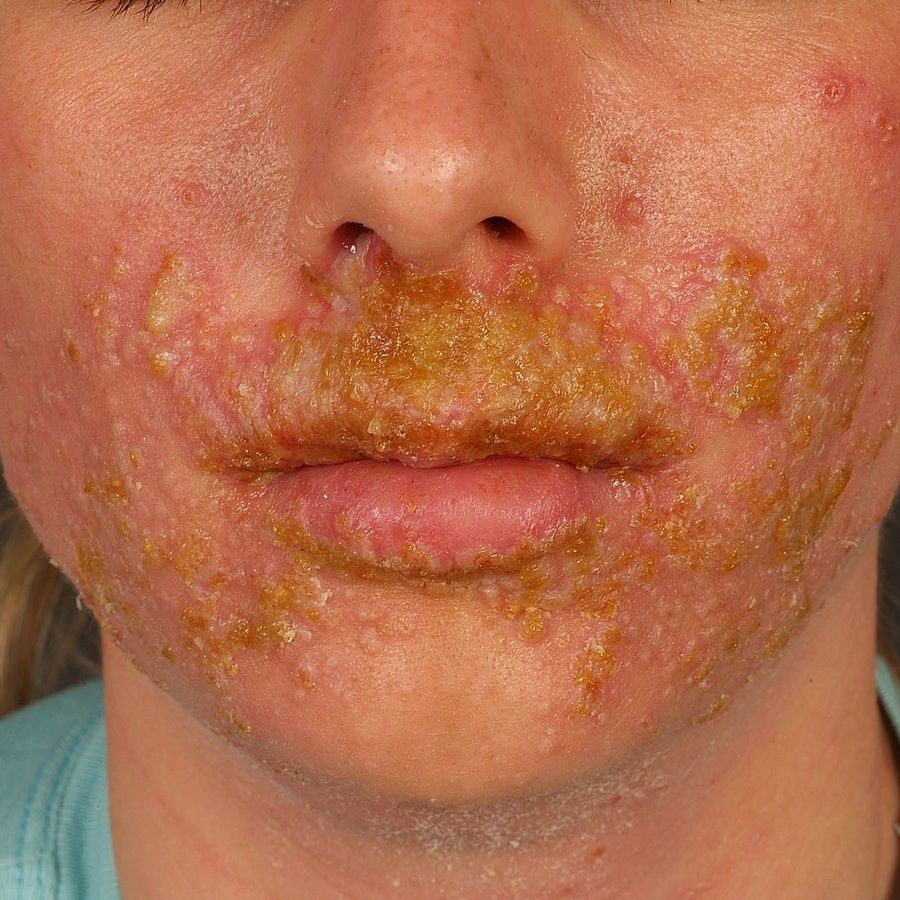
Impetigo Ubersicht Altmeyers Enzyklopadie Fachbereich Dermatologie

Impetigo Rash In Babies Symptoms Causes Treatment
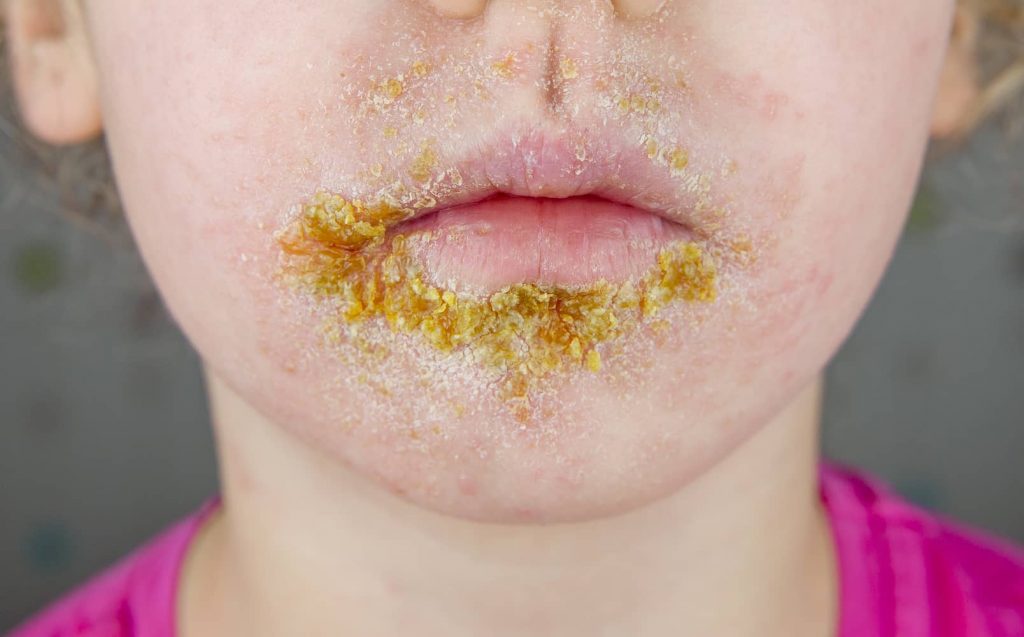
Impetigo Contagiosa Impetigo Rash Impetigo On Lips Dermatim
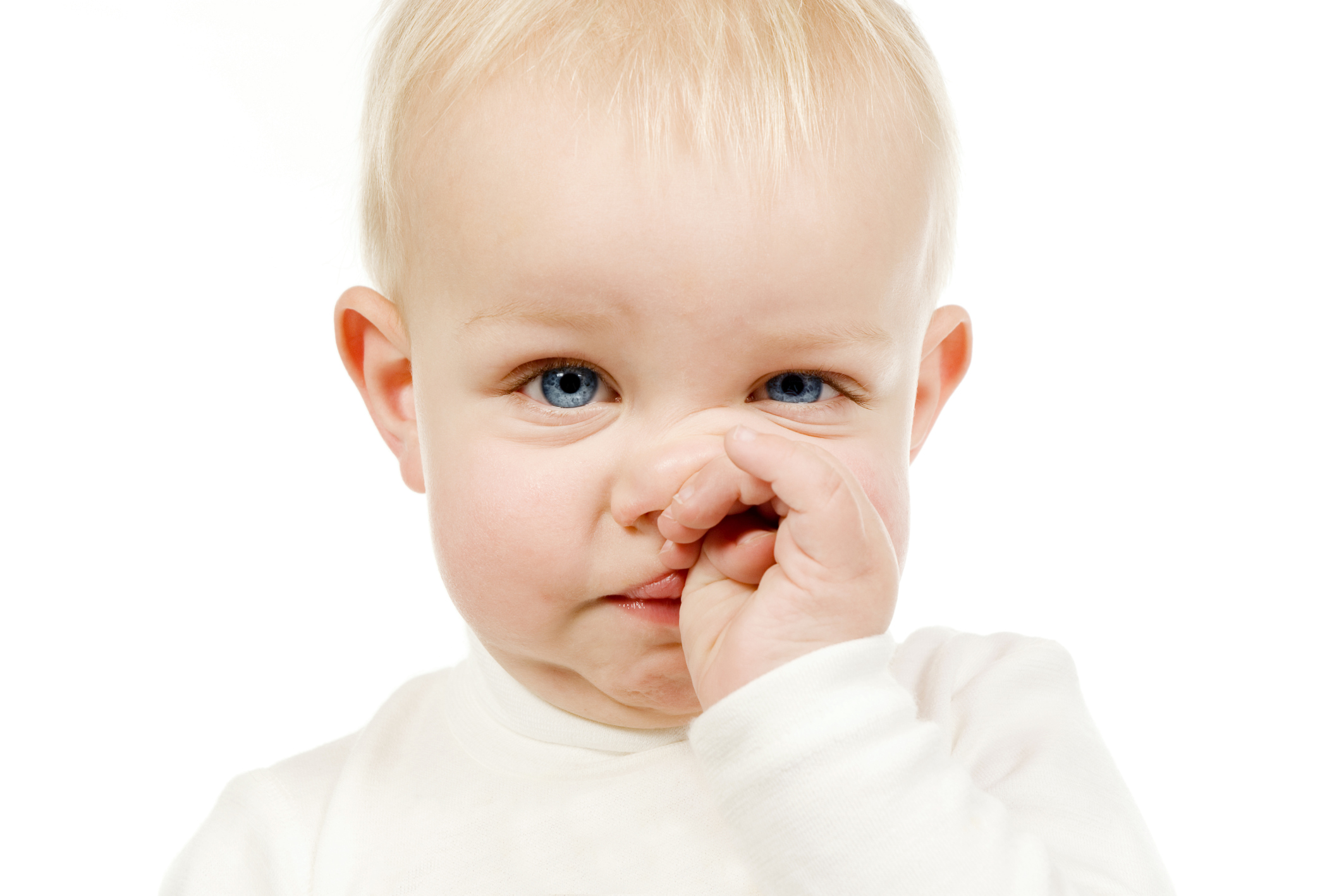
Impetigo Contagiosa

Impetigo Diagnosis And Treatment Aafp